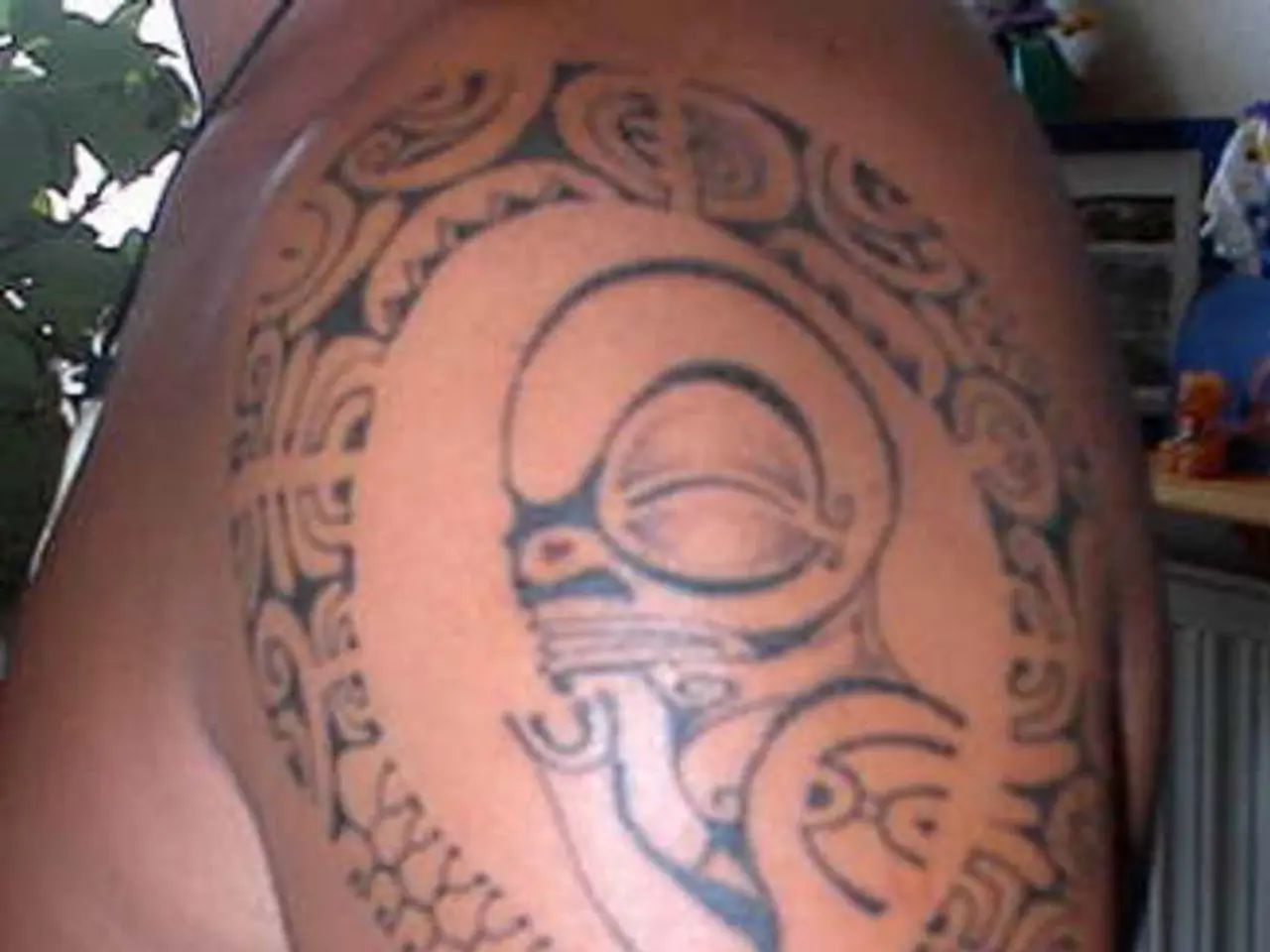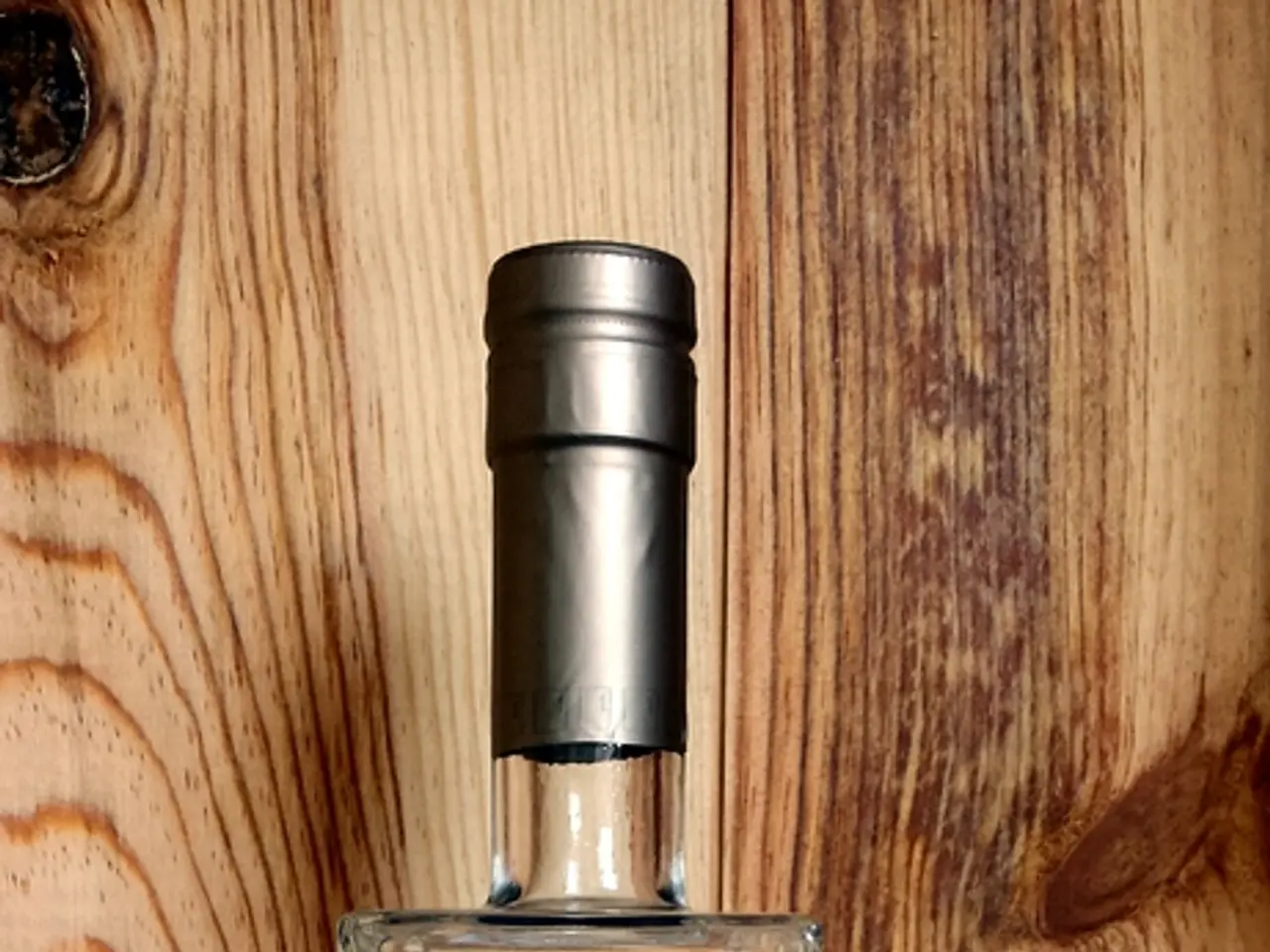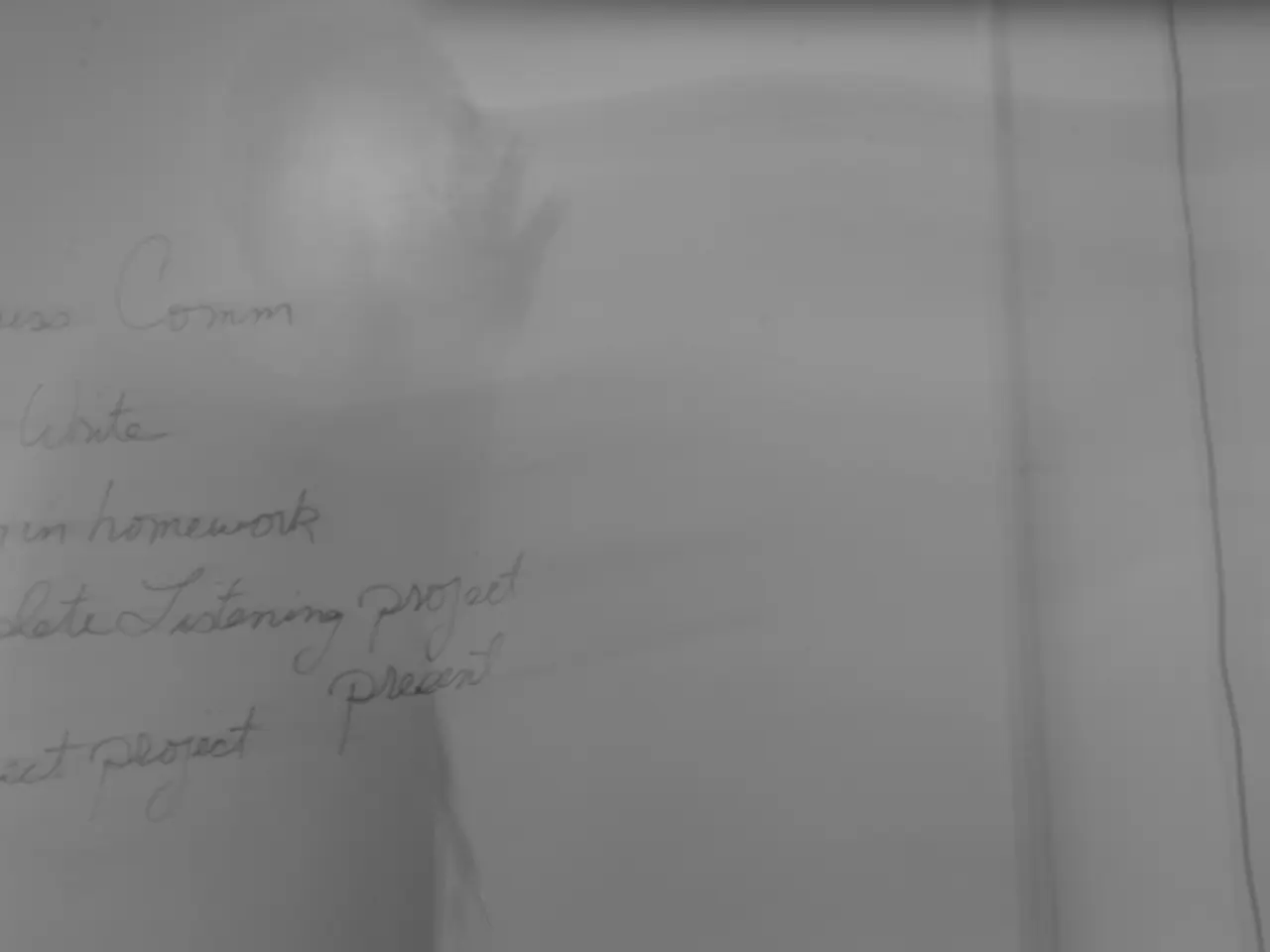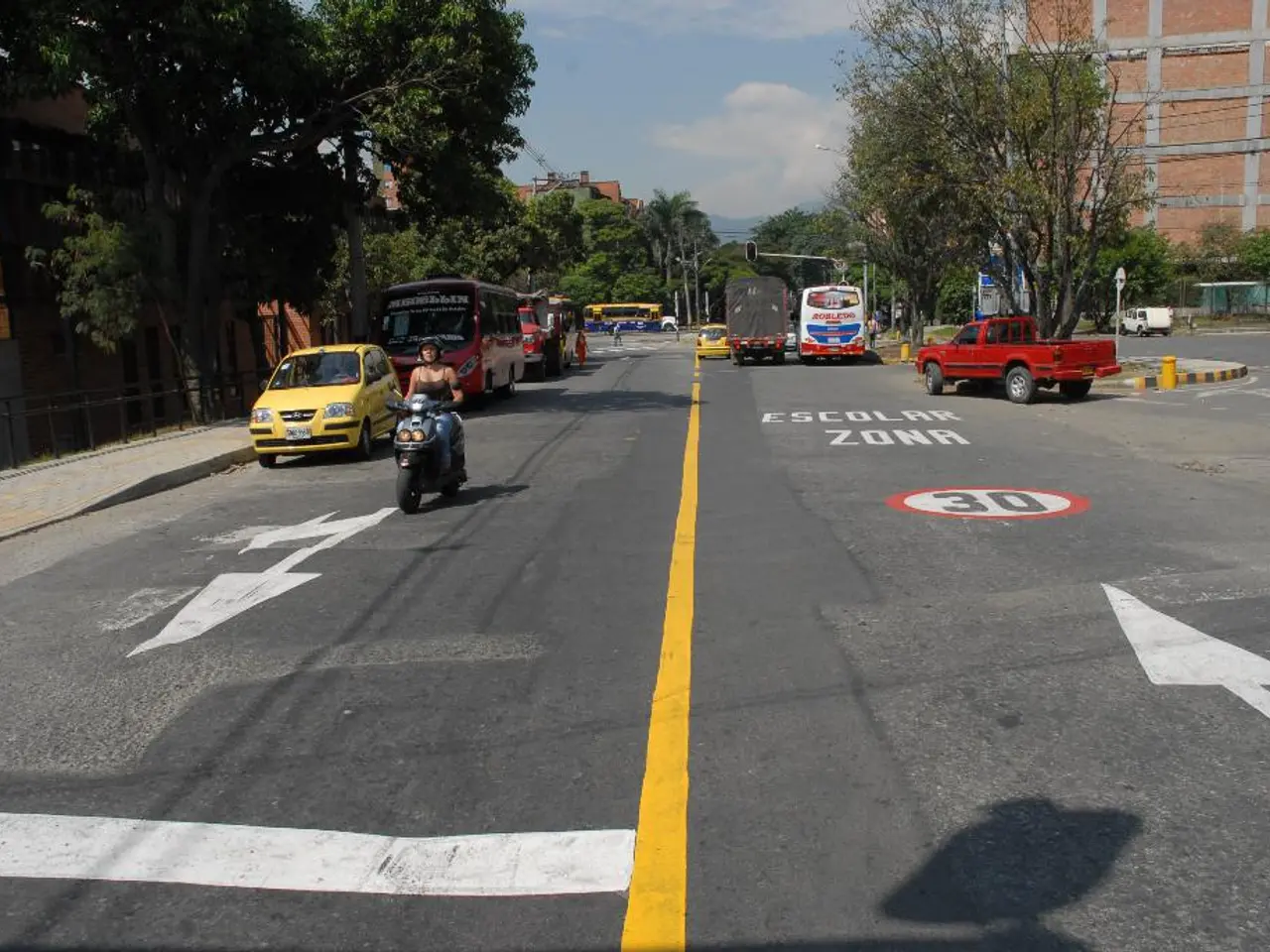Ancient Siberian 'ice mummy' found with detailed tattoos in new imaging studies
In the frozen landscapes of Siberia during the Iron Age, a woman was laid to rest with intricate tattoos that have long intrigued archaeologists. Her remains, discovered in the Altai mountains and preserved in permafrost, have now provided modern researchers with a glimpse into the advanced craftsmanship and expertise of the Pazyryk tattoo artists [1][2].
These tattoos, revealed through high-resolution near-infrared imaging and 3D photogrammetry, showcase complex, vivid scenes of animal fighting with intricate detail [1][2][4]. Key points supporting this level of expertise include:
- The tattoos were created by multiple tattoo artists on a single individual, indicating collaboration and specialization in their craft [1].
- Researchers working with contemporary tattoo artists identified that the Pazyryk used a perforation technique involving different tools, showing technical diversity and refinement in the tattooing process [2].
The tattoos on the woman's right arm are particularly noteworthy, with a feline animal as the focal point. The expertise of the Pazyryk tattoo artists is demonstrated by the clear and consistent linework, the finer attention to detail, and the greater array of visual techniques used compared to the left arm [1][2].
Moreover, the right forearm of the mummy had more intricate tattoos, suggesting that it took at least two sessions to complete. The tattoo on the right arm also makes use of the contours of the wrist to allow the tattoo to flow over the arm [1].
Achieving such crisp and uniform results, even with hand-poked methods, would be a challenge for contemporary tattooists using modern equipment. This finding underscores the skill and precision of the Pazyryk tattoo artists [1].
The study offers a new way to recognize personal agency in prehistoric body modification practices. It suggests that prehistoric body modification practices can reveal personal agency, challenging earlier views that focused mainly on stylistic or symbolic interpretations without understanding the technical skills involved [3].
Thus, the evidence from the mummified woman’s preserved tattoos reveals that Iron Age Pazyryk tattoo artists were not only skilled artisans but also masters of complex tattooing methods. This discovery underscores the cultural and technical sophistication of their craft in prehistoric Siberia [1][2][3].
Caspari, the lead researcher, states that the images of the tattoos have come alive with new insights. This study brings the Pazyryk tattoo artists closer to modern tattoo artists in terms of craftsmanship, collaboration, and advanced techniques [3].
The study of the woman's tattoos from the Iron Age in Siberia, specifically the complex and vivid scenes on her right arm, highlights the advanced skills and specialized techniques possesseds by the Pazyryk tattoo artists, as evidenced by the clear linework, finer attention to detail, and use of visual techniques more varied than those on the left arm [1][2]. Furthermore, the right forearm tattoos indicate that multiple sessions were required to complete, echoing the collaboration and expertise found in contemporary tattoo artists today [1][3]. This findings suggest that the Pazyryk tattoo artists were not only skilled artisans, but also masters of intricate health-and-wellness practices in their arts of archaeology and science.




